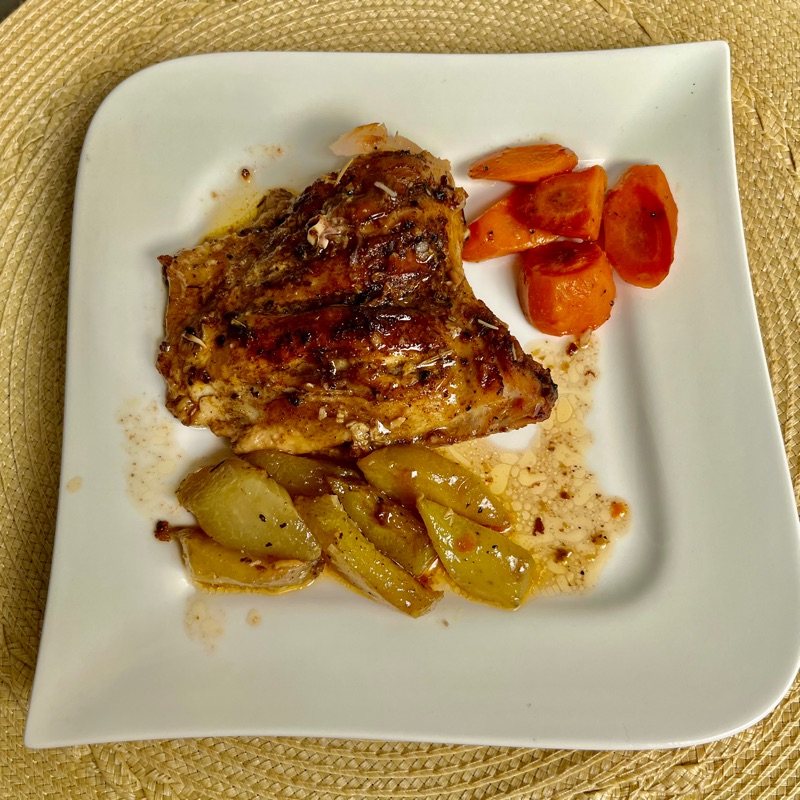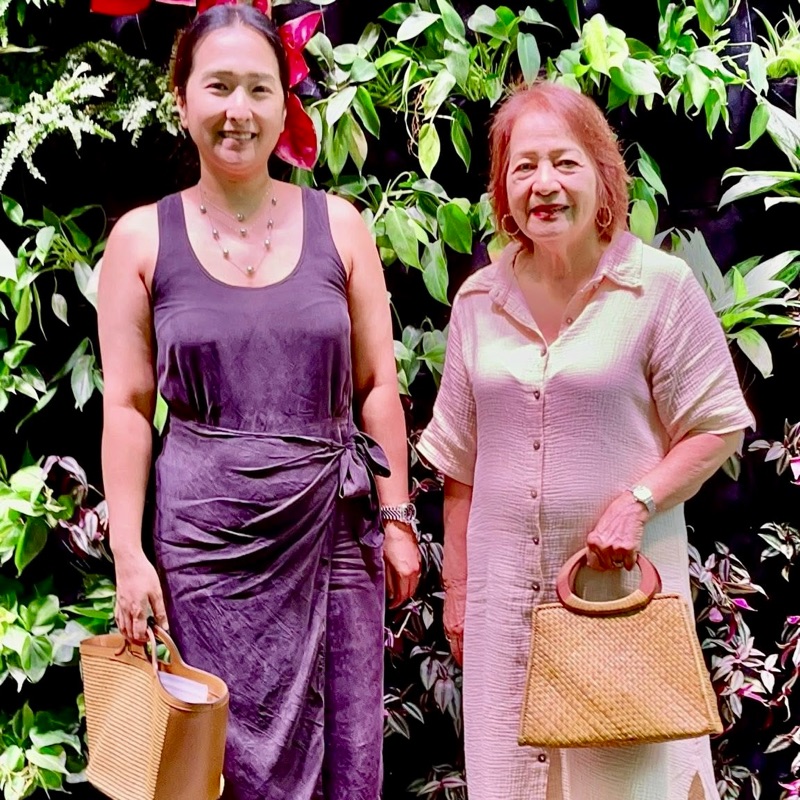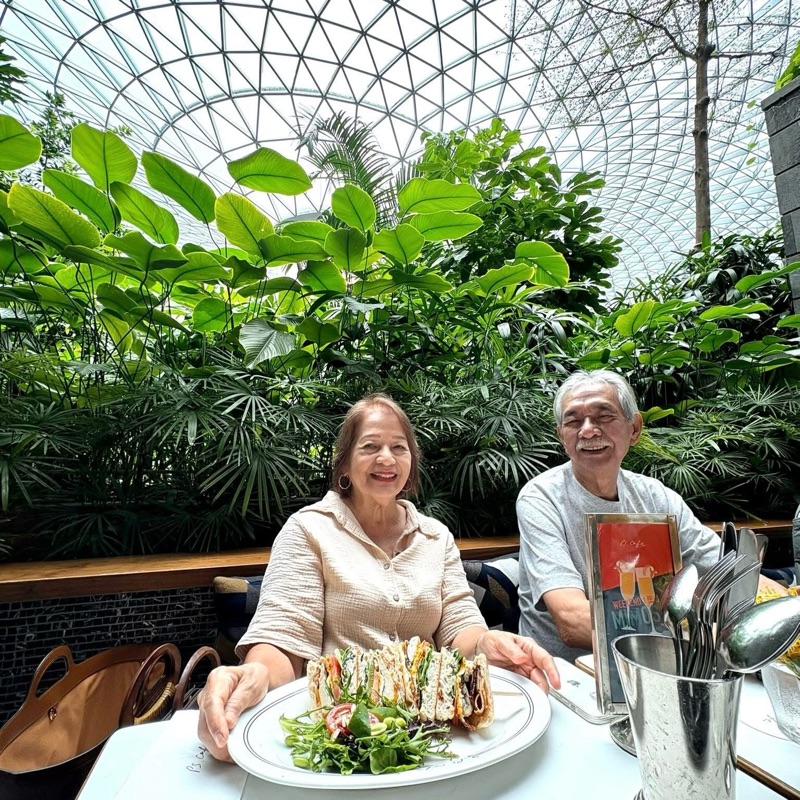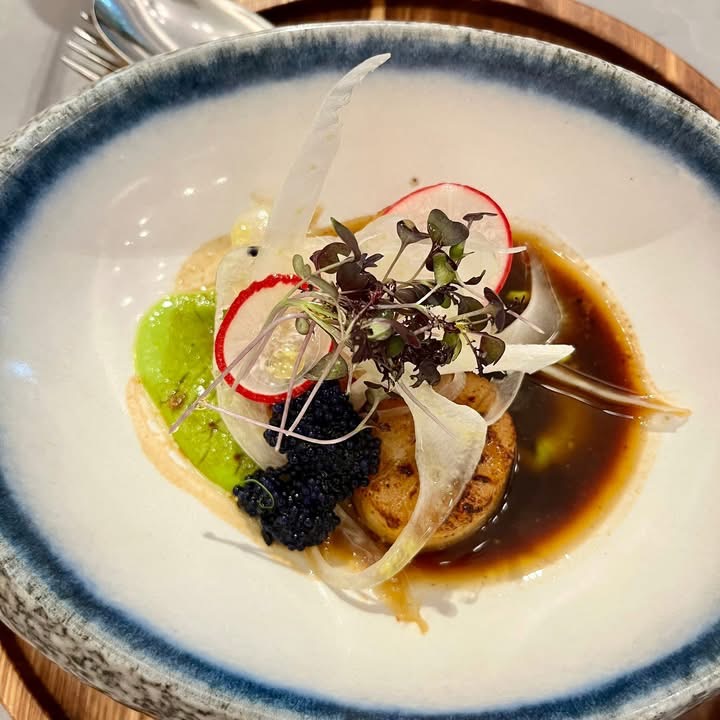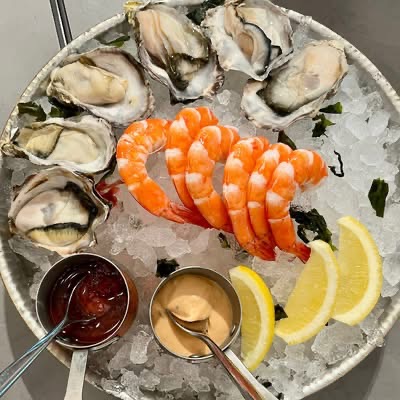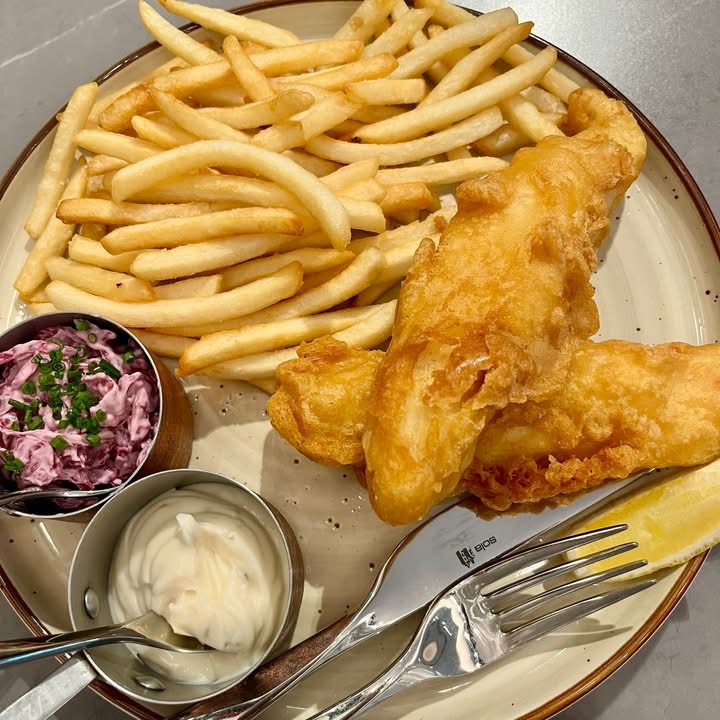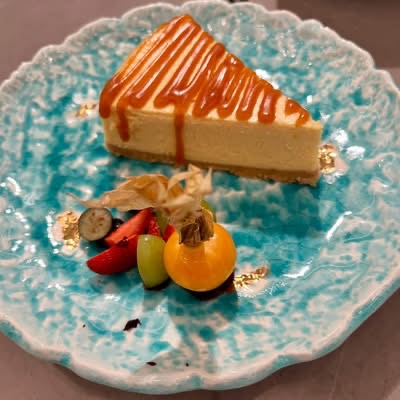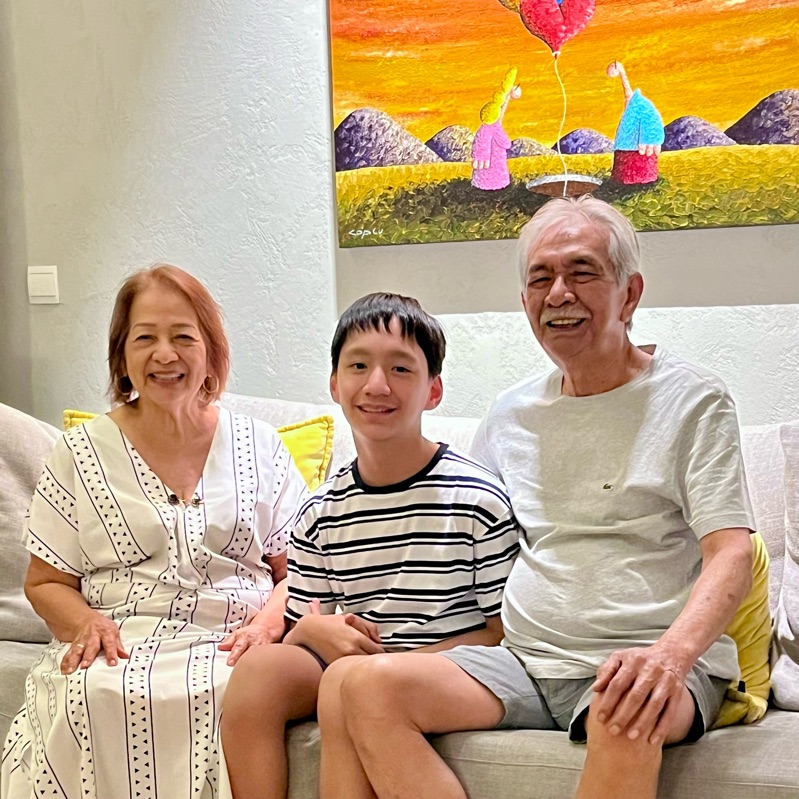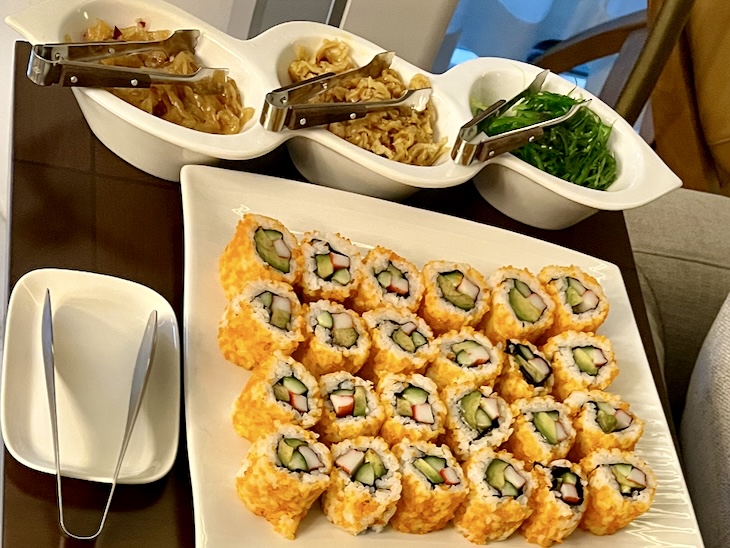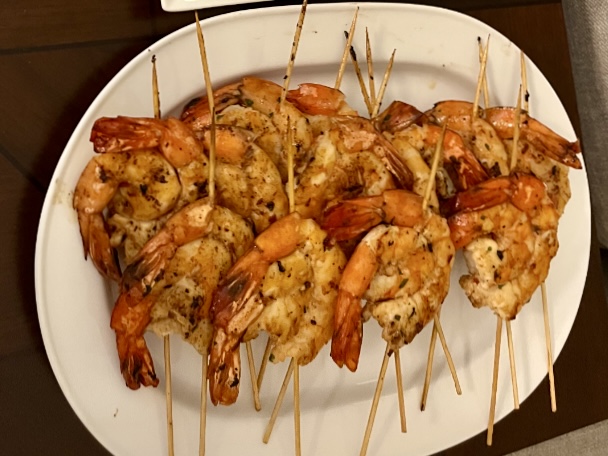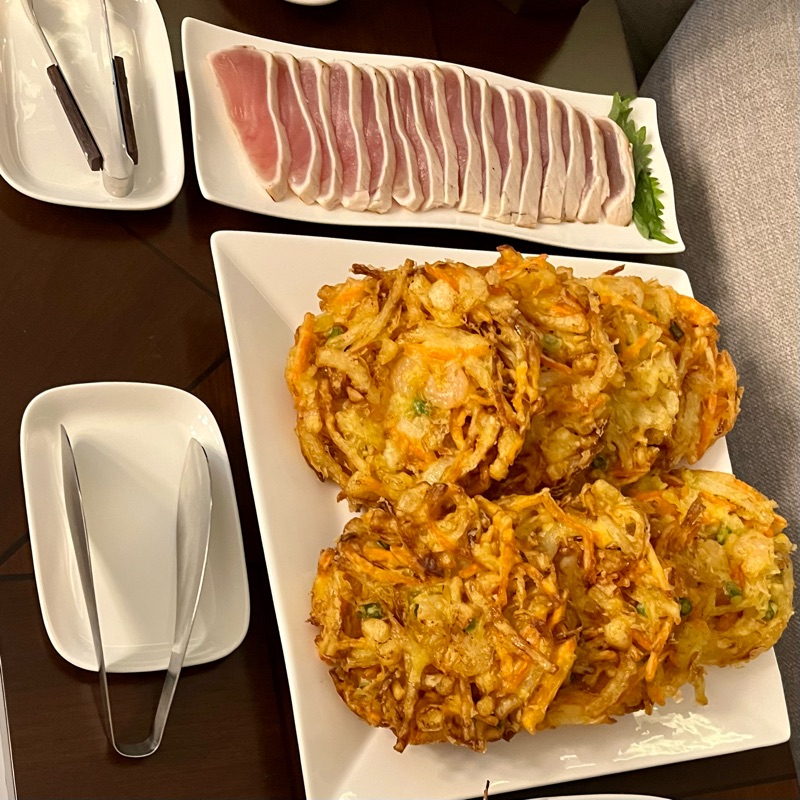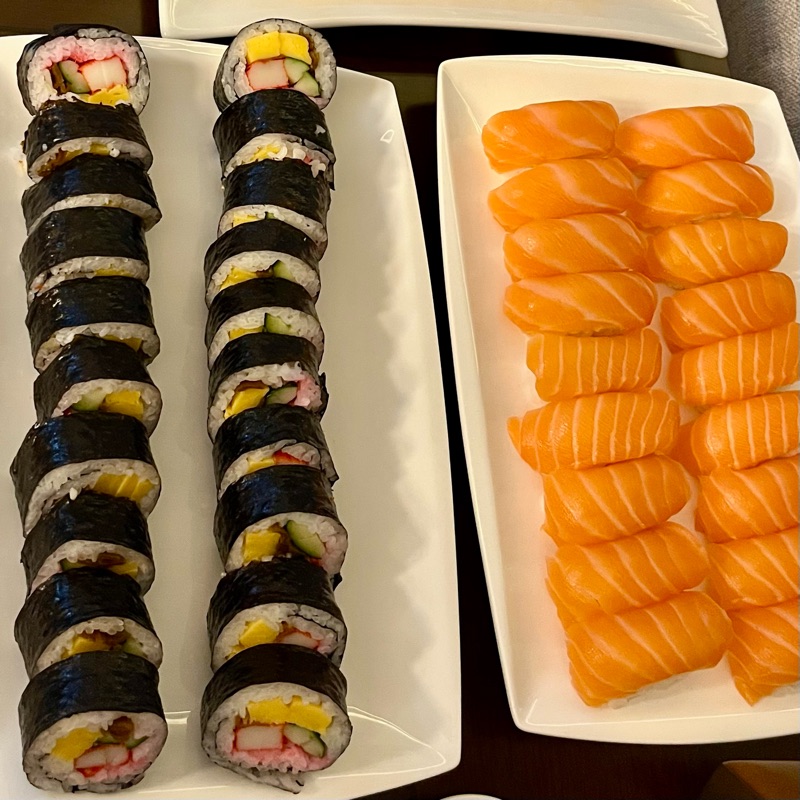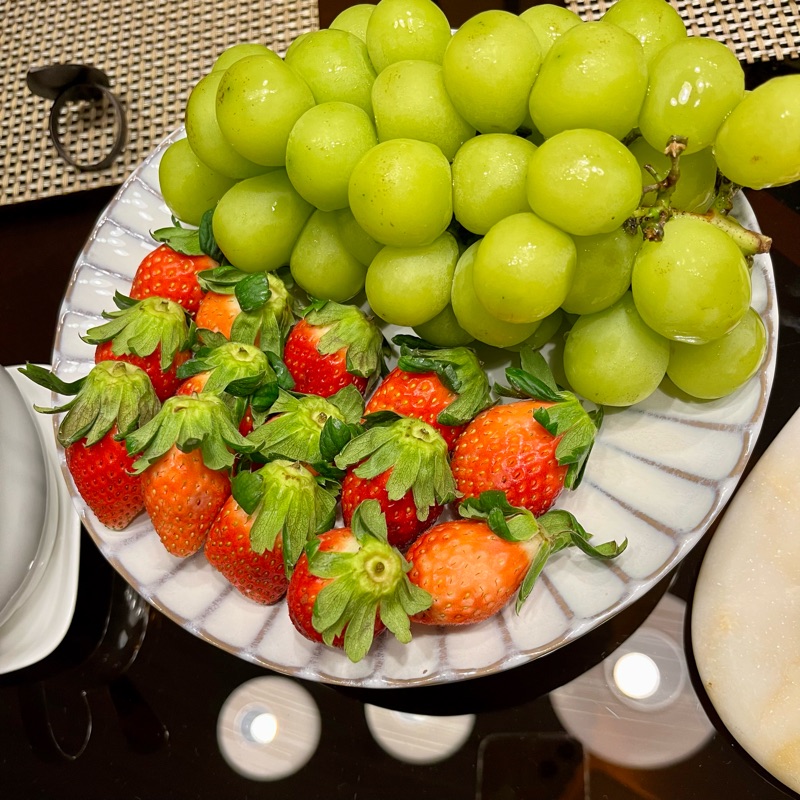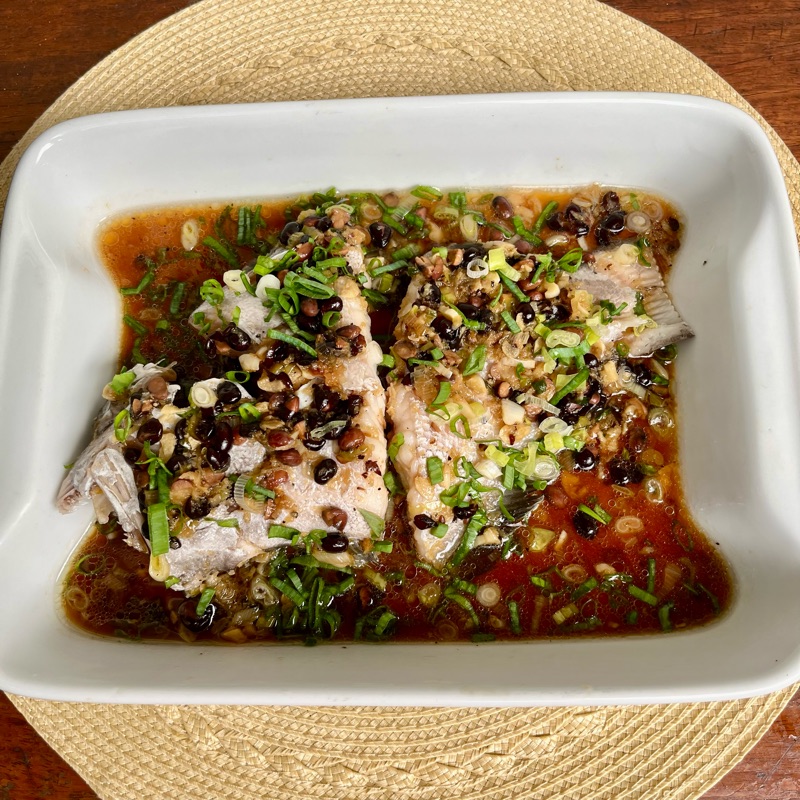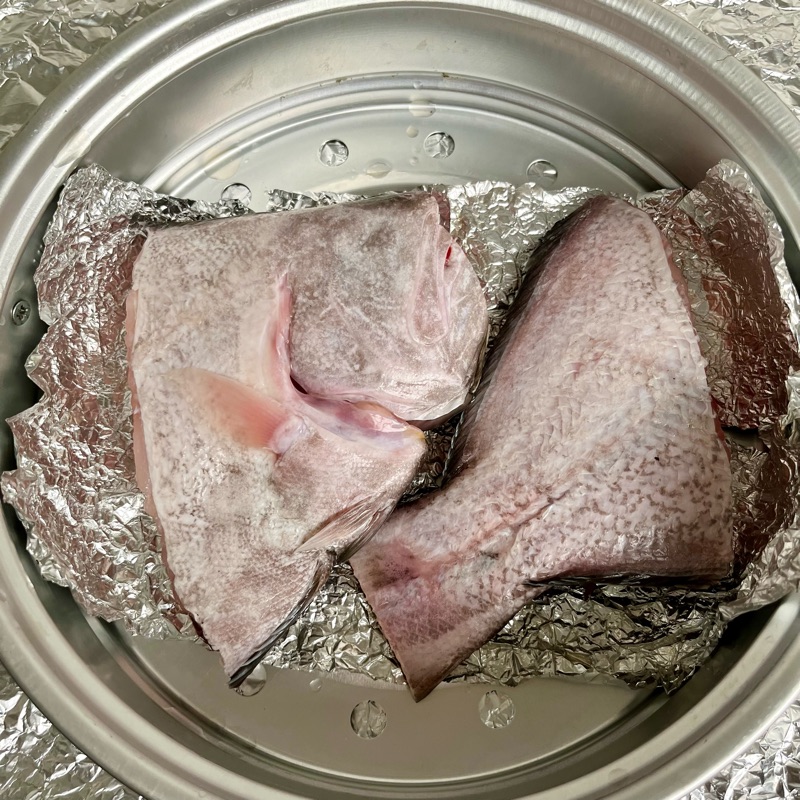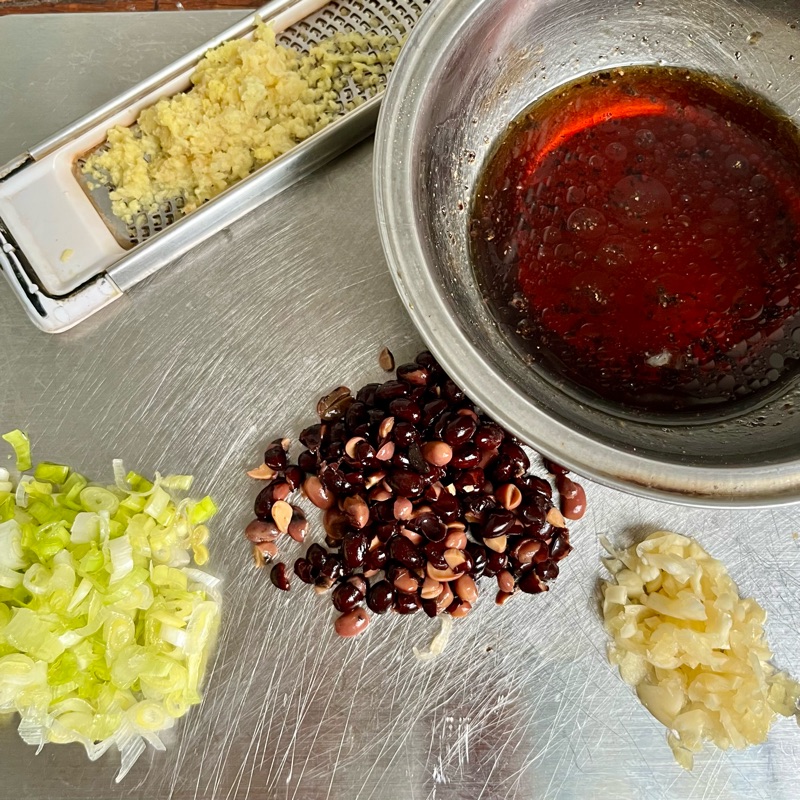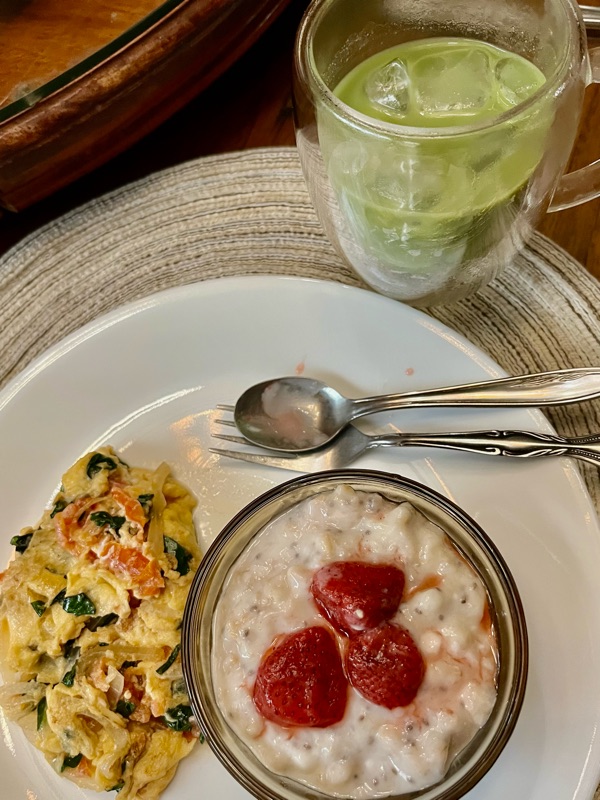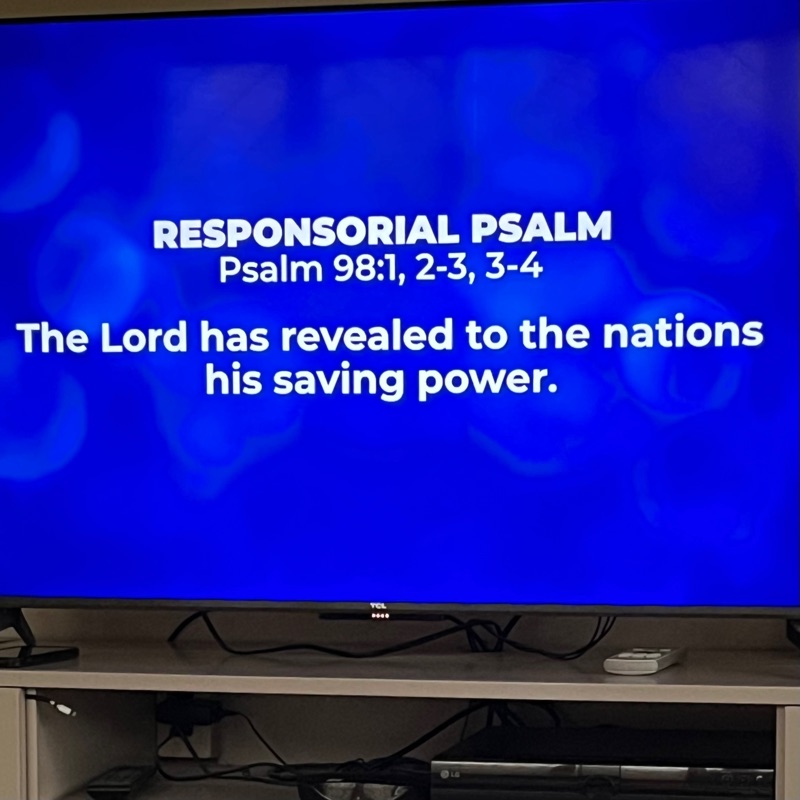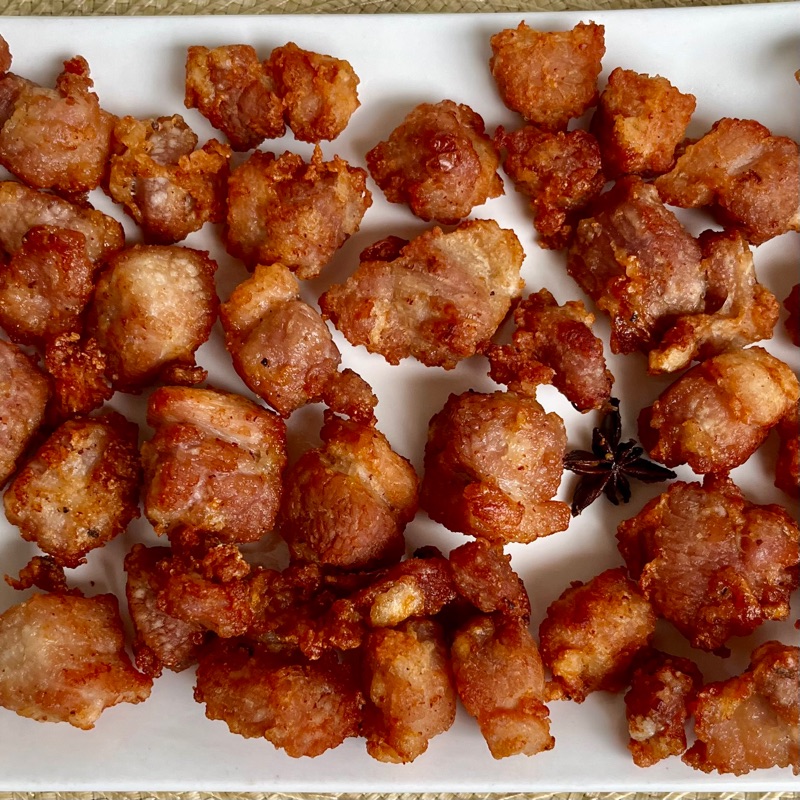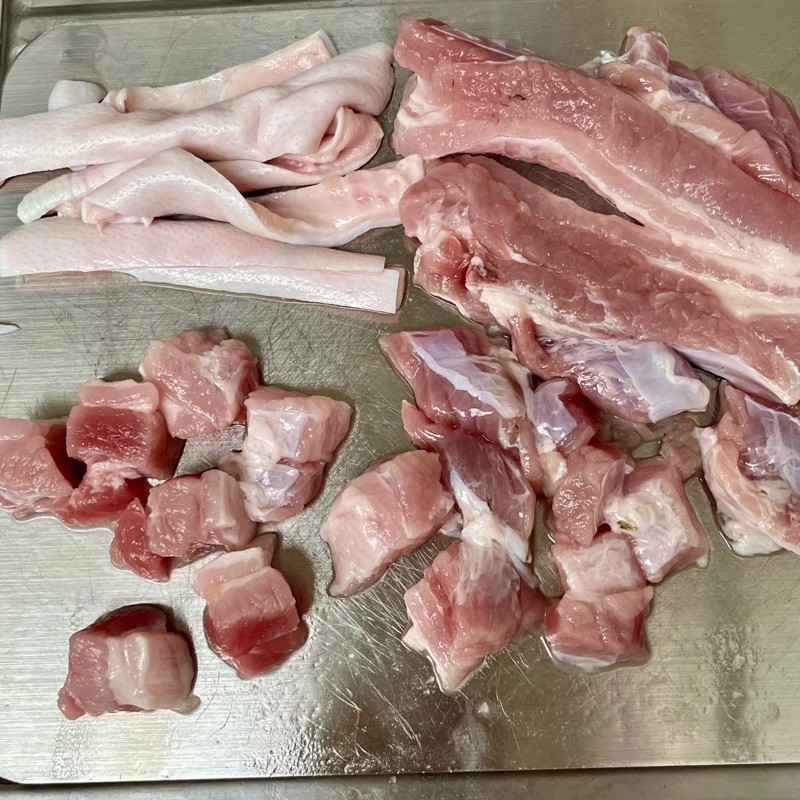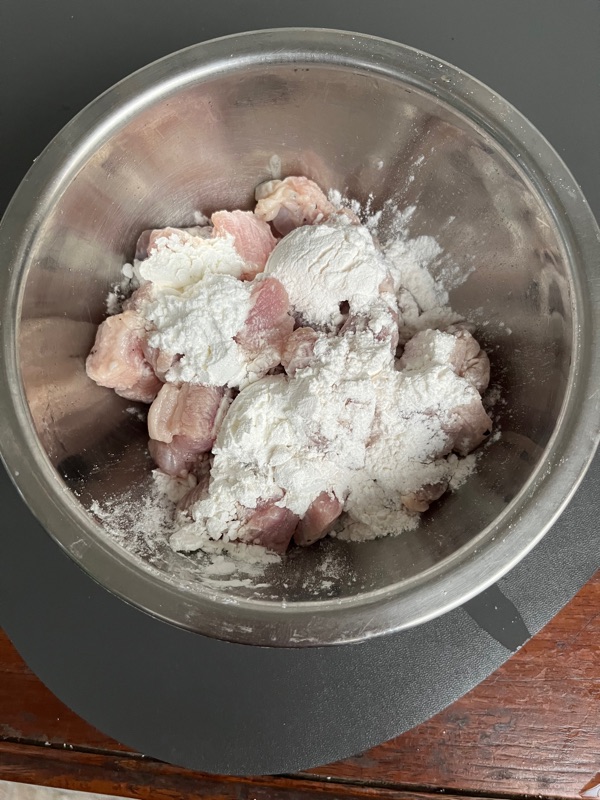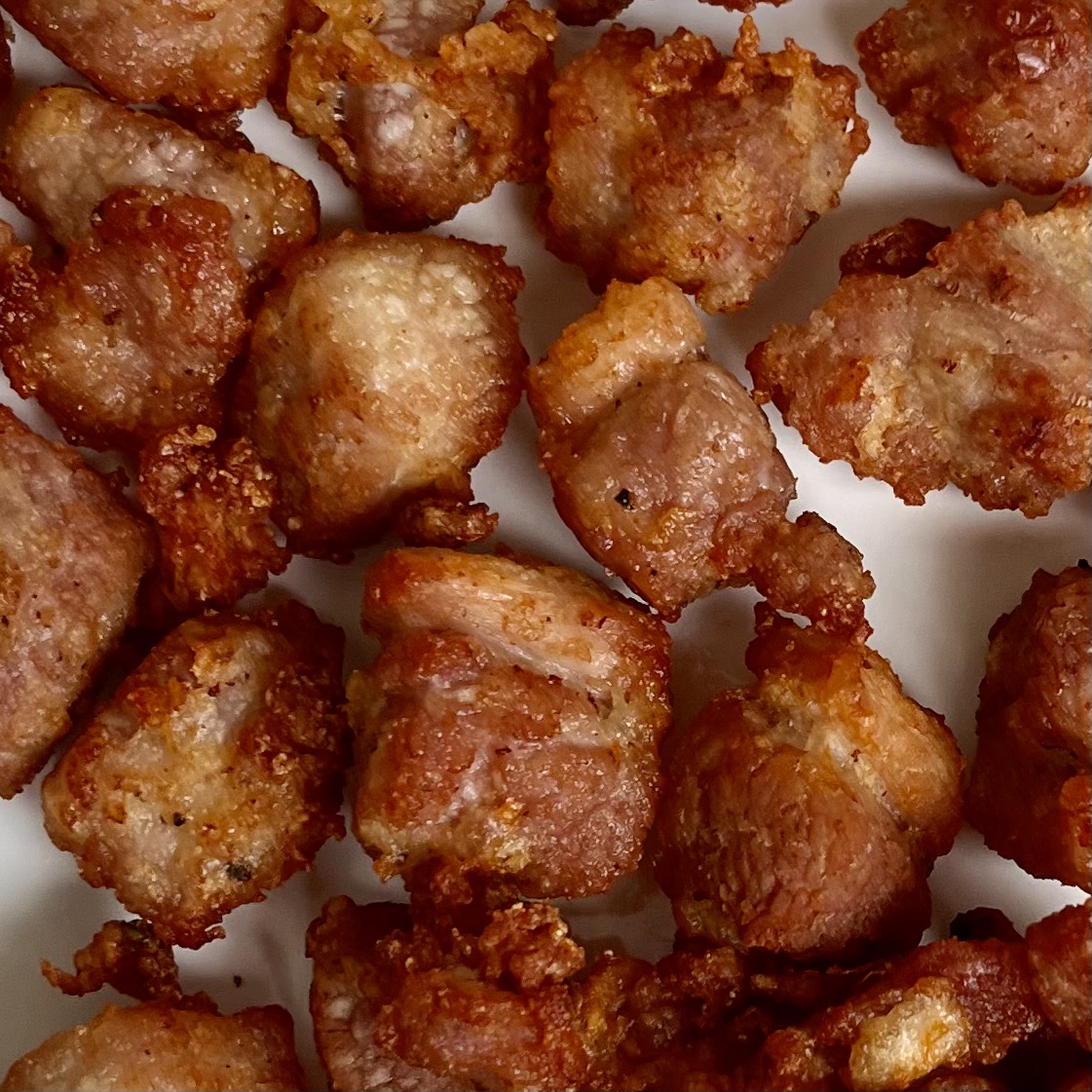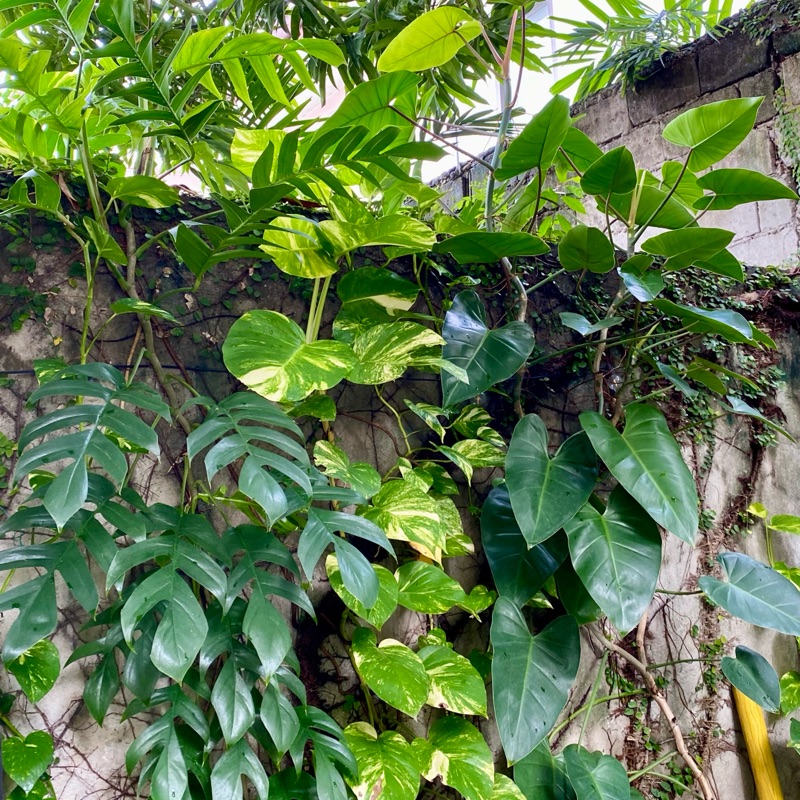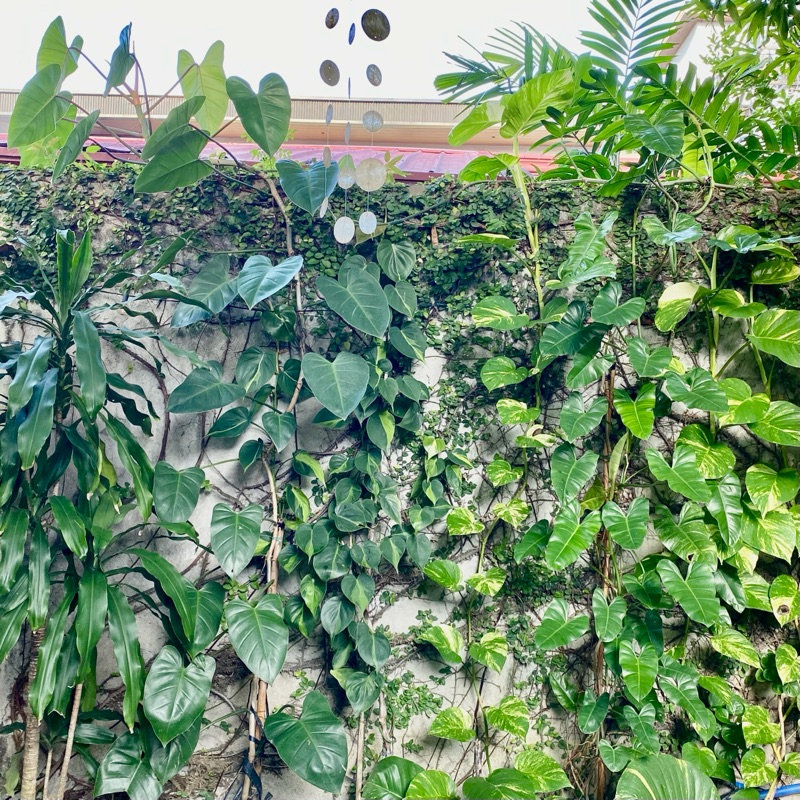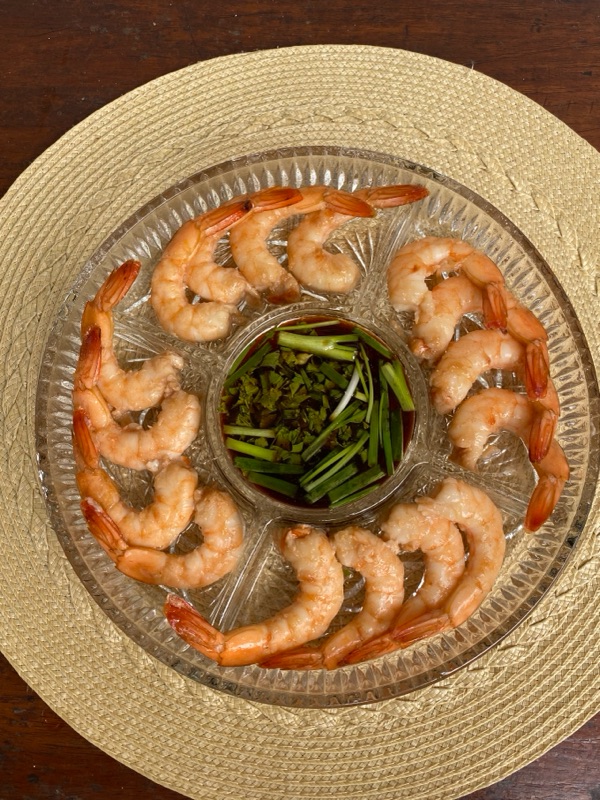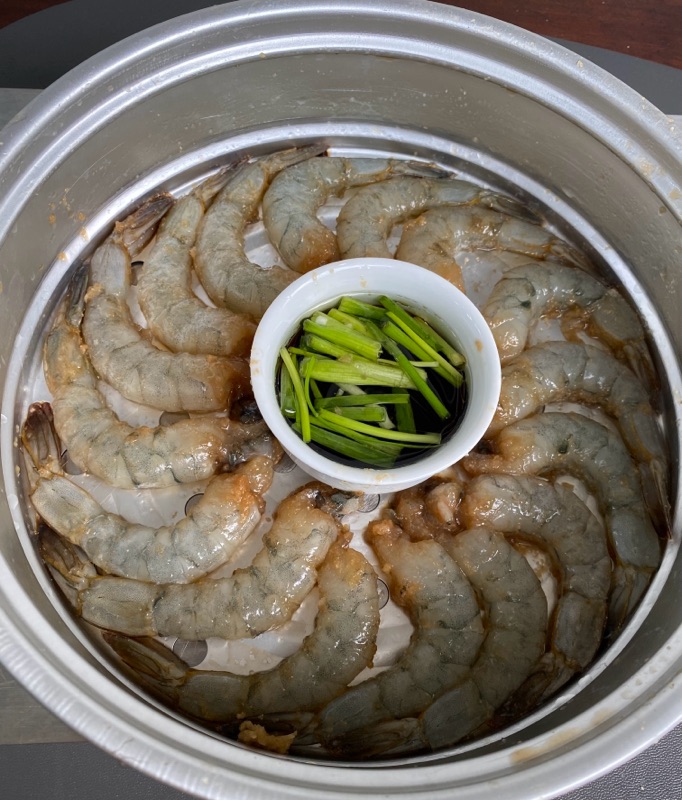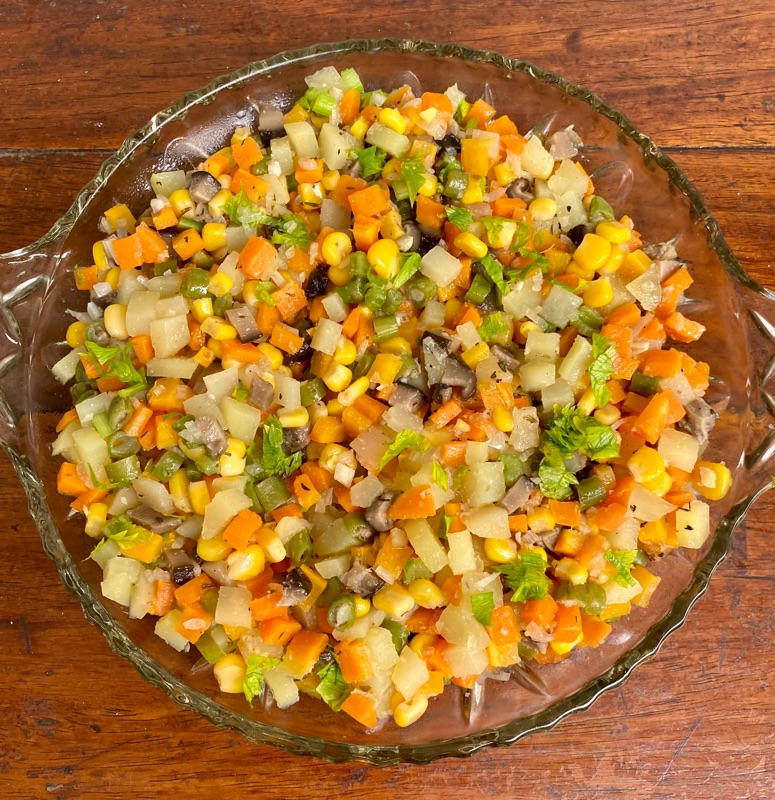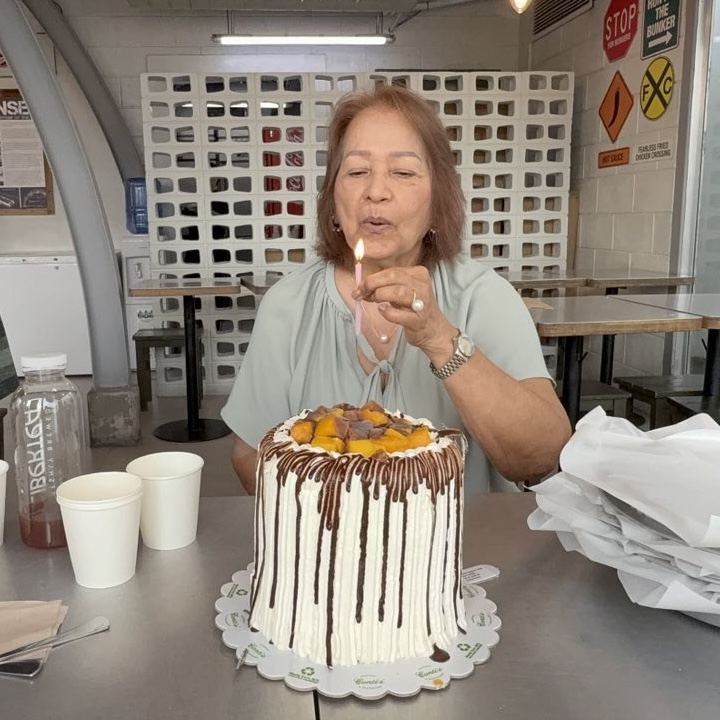Sometimes, the best dishes come from a spark of inspiration — and that’s exactly what happened here. I was craving something hearty but simple, and I couldn’t stop thinking about how flavorful chicken thighs are — especially when you include the drumsticks. So, I rolled up my sleeves and made these baked chicken thighs that turned out perfectly tender, golden, and absolutely delicious.
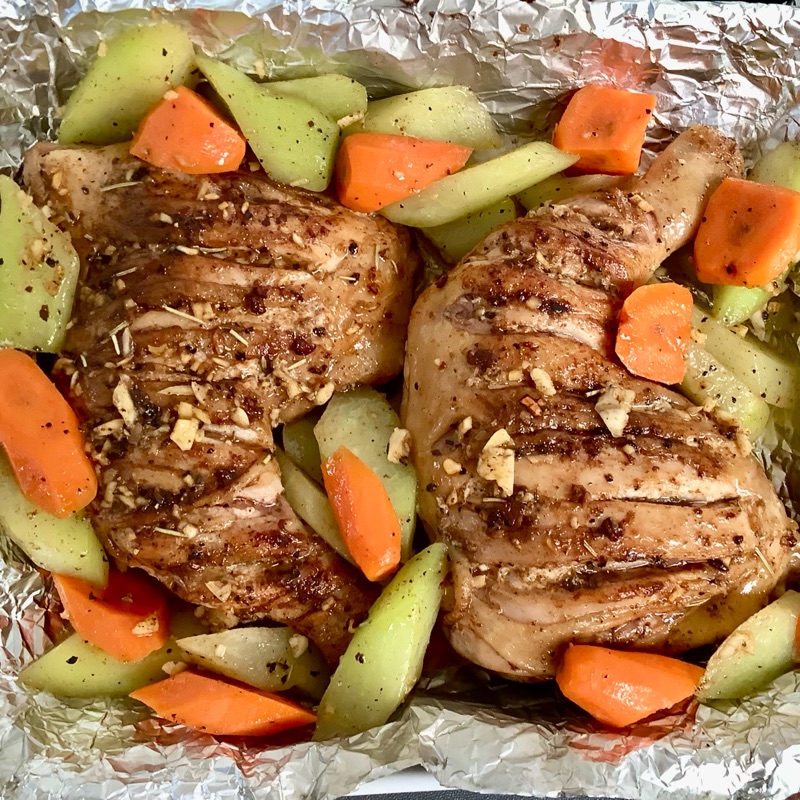
Prepping the Chicken
The secret to good chicken starts with how you prepare it. I always soak my chicken in a baking soda and water mixture for about 15 minutes — it helps clean and tenderize the meat. After that, rinse well and pat dry with paper towels.
Here’s a small trick: make crosswise cuts, about an inch apart, all the way down to the leg bone. This lets the marinade get deep inside and helps the chicken cook evenly.
Making the Marinadee
This part smells amazing!
Melt 3 tablespoons of butter, then stir in 1 teaspoon each of salt, paprika, rosemary, and pepper.
The combination of butter and herbs creates that classic, savory aroma that fills the kitchen before the oven even turns on. Dredge the chicken in this buttery spice mix, making sure every piece is well coated.
Searing for Extra Flavor
Before baking, I like to give the chicken a quick sear — it makes the skin a little crisp and seals in the juices.
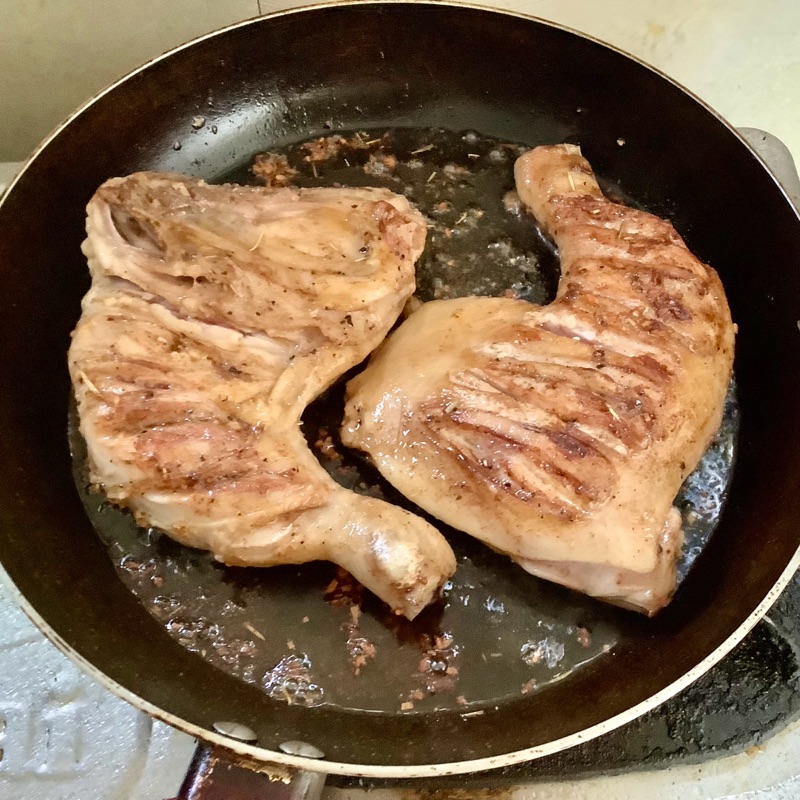
Heat 2 tablespoons of olive oil in a skillet over medium heat. Place the chicken pieces skin-side down and cook for about 10 minutes on each side, until they turn light golden brown.
Then, transfer them to a foil-lined baking dish — they’ll finish cooking in the oven.
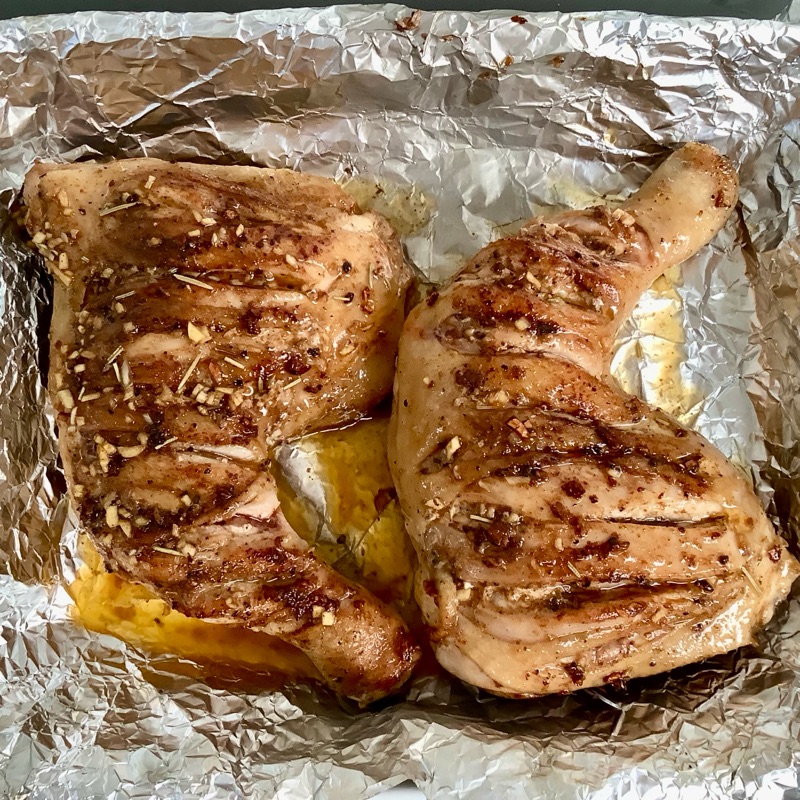
Adding the Veggies
Every great chicken dish deserves good company, right?
I used carrots and sayote (a lovely low-carb alternative to potatoes). Drizzle them with a little olive oil and season with paprika, rosemary, salt, and pepper.
Toss them until evenly coated, then arrange the veggies all around the chicken in your baking dish.
Baking to Perfection
Cover the dish with foil and bake at 250°F (120°C) for 30 minutes.
When it’s done, check with a meat thermometer — the thickest part of the chicken (near the bone) should read 165°F (74°C). That’s your sign it’s perfectly cooked!
Let it rest for a few minutes before serving — trust me, it’s worth the wait.
The Payoff
And there it is — beautifully baked chicken thighs surrounded by tender, roasted vegetables. The skin is lightly crisp, the meat is juicy, and the butter-herb flavors come through in every bite.
It’s the kind of meal that feels homey and satisfying, perfect for a family dinner or a quiet night in.
